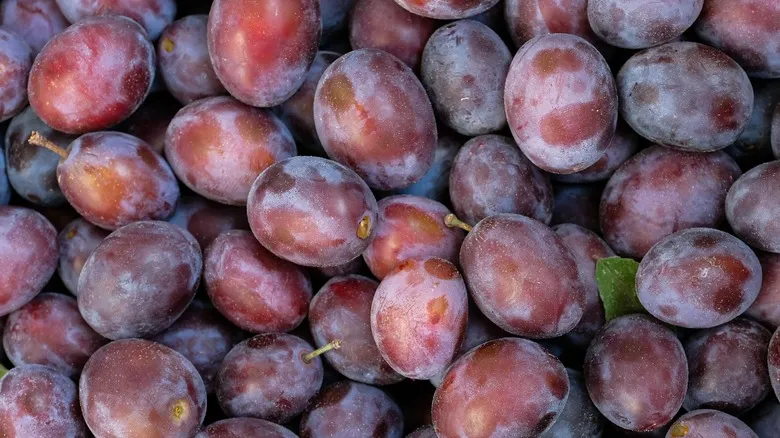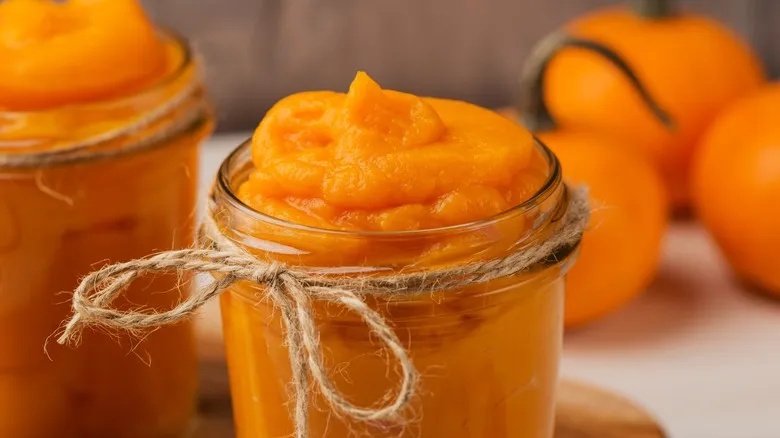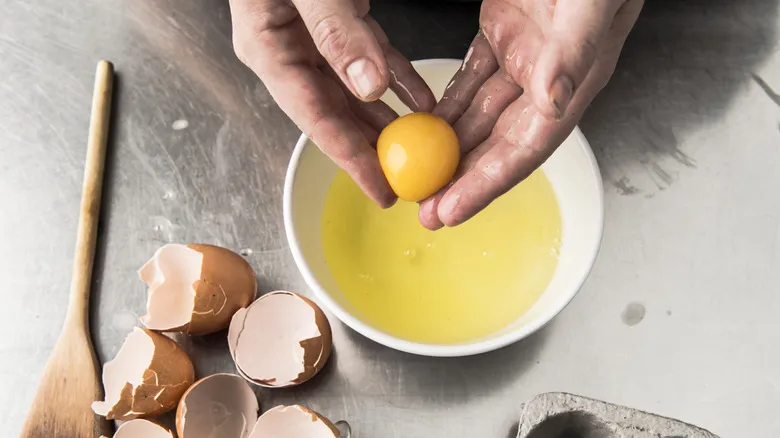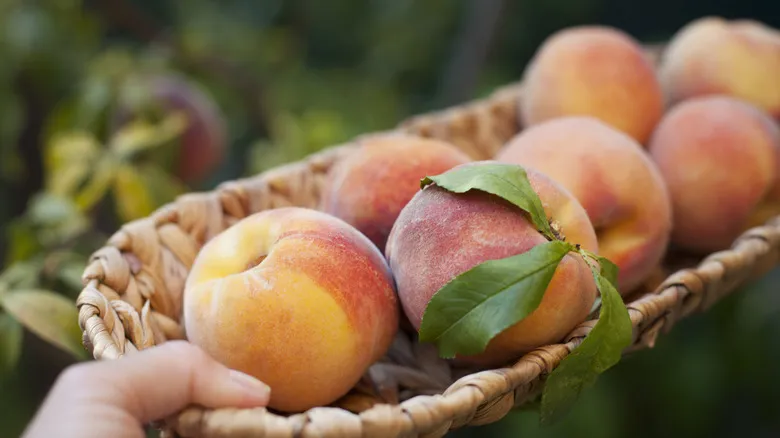Why berries need to be refrigerated

Berries, on the other hand, should be kept in the refrigerator. They are not prone to chill damage from fridge temperatures, so there’s no significant risk in storing them there instead of leaving them on the counter. Moreover, berries are typically sold at peak ripeness, eliminating the need to leave them out for further ripening. Instead of developing delicious new juices from the warmth of the room, they are more likely to spoil, making refrigeration the better option.
However, there are some steps to take to prevent fresh berries from molding while stored in the fridge. When buying a large container of berries, it’s unfortunately common to find some that are bruised or slightly overripe. Before placing the container in the fridge, inspect the berries and remove any that are damaged, consuming or discarding them right away. This will help avoid unpleasant surprises when you reach for a handful later and prevent bacteria and mold from spreading from one bad berry to the rest. Lastly, refrain from rinsing your berries before refrigerating them; wash them only just before you intend to eat them. Otherwise, you risk trapping excess moisture with the berries, which can hasten their spoilage.
How to save stone fruits from going bad

What should you do if you have a ripe stone fruit but aren’t quite ready to enjoy it? While there are many guidelines to follow, the rule about refrigerating stone fruit can be adjusted in this situation. Chill injury is influenced not just by the storage temperature but also by the duration the fruit is kept at that temperature. If your fruit is already ripe, you can safely place it in the fridge for a brief period, ideally no longer than a day or two.
Another option, though more extreme, is to freeze your ripe stone fruit. While this means you won’t have fresh fruit anymore, it’s a better alternative than letting it spoil or become mealy. Chill injury, which leads to mealiness, occurs when fruit is stored between 36 and 50 degrees Fahrenheit, so freezing will prevent this issue. However, once thawed, the fruit will be best suited for cooking and baking.
Choosing stone fruits that aren't affected by chill injury

The major issue with stone fruits affected by chill injury is that they often appear normal at first glance. In the grocery store, they may look merely underripe until you take a bite at home. When shopping for produce, you might occasionally find excellent fruit at your local market, while at other times, it can be surprisingly poor, largely due to chill damage.
A significant portion of the fruit we consume is out of season. If you're enjoying a peach outside its typical growing period, it's likely been transported from another location. Given the relatively short shelf life of stone fruits, those responsible for transporting the produce must take measures to prevent spoilage before it reaches you. This is typically done through refrigeration. While it’s fine to avoid refrigerating your stone fruit, if it was delivered to the grocery store in a refrigerated truck, the damage may have already occurred. For optimal flavor and texture, be sure to check the natural growing season of stone fruits in your region and prioritize local purchases when possible.
Recommended

How Long Does Canned Pumpkin Last?

The Right Way To Freeze Egg Whites

Is It Ever Okay To Store Hot Sauce At Room Temperature?

Should You Store Fast Food Sauce Packets In The Fridge?
Next up

